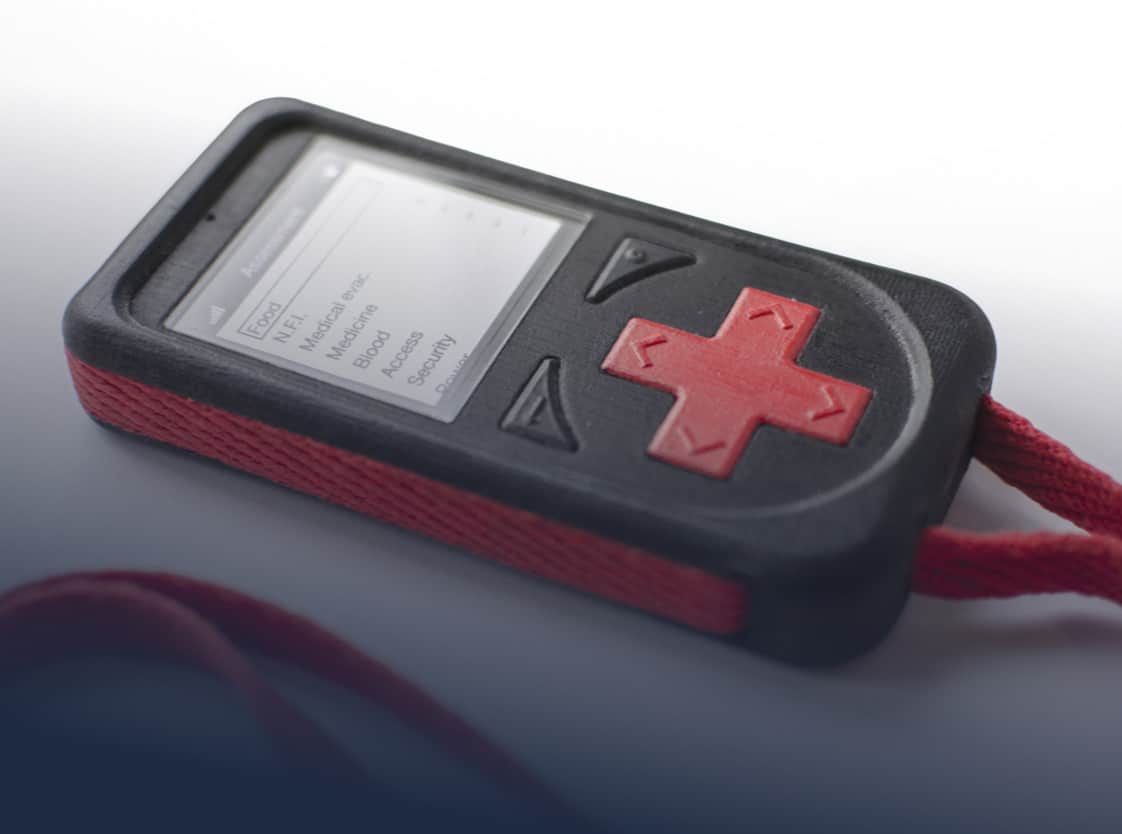
One of the key features of the NeoMesh network technology is its ability to handle dynamic topologies in real-time. As opposed to other technologies in the IoT workspace, NeoMesh allows any node in the network to change place.
This key feature is due to the patented NeoMesh Protocol. It replaces the central Network Manager with autonomous intelligent nodes, enabling all network nodes to link to each other automatically and dynamically, forming one single network that simply works, even if nodes change position or are replaced.
The NeoMesh routing mechanism routes data seamlessly through the network and eliminates any concern in performance created by obstacles in the RF path, nodes being blocked or simply moving around within the network. Weak spots in a real life network can easily be fixed by just adding another node. Given it has the right network ID, it automatically becomes a part of the network.
Changes will occur
Over time all networks, even static ones, will be subject to changes. As opposed to other network technologies, that handle changes poorly, the NeoMesh Speed Routing Protocol is designed to cope with the complex challenges in a large and dynamic sensor network.
Unlike other routing protocols the Speed Routing Protocol does not create the exact route from A to B in advance. Each NeoMesh node maintains a knowledge of which of the nearest nodes would be the best for the next hop. While data travels through the network this knowledge of the best next hop is used to decide the route of the data. The knowledge is kept up-to-date in real-time and the route is adjusted dynamically according to changes in topology and link quality.
LinkAiders to the rescue
As an example, NeoCortec supplies its network technology to the company LinkAiders, who is developing an emergency communication device – Reachi – for disaster relief work. The Reachi system is being developed in cooperation with the Danish Red Cross and has been pilot tested in the Philippines with the Philippine Red Cross during 2017/2018.
The Reachi devices are designed for local emergency workers, allowing them to report the urgent needs in their local community in the immediate aftermath of a disaster. The emergency workers are divided into networks consisting of a 1.000 people, each with a NeoMesh gateway transmitting data via a satellite uplink. In this way vital information can be sent to relief coordinators, even if the country’s communication infrastructure is damaged.
Long-range module
For this dedicated long-range deployment NeoCortec is developing a special version of its NC1000 module, with a line-of-sight range of >2.5 km. The new version of the NC1000 module is now in the trial stage and will be available for general market introduction later this year.

